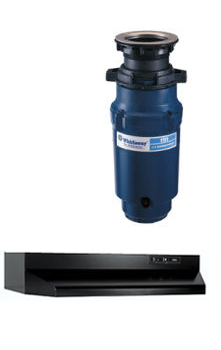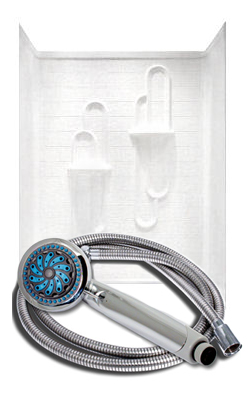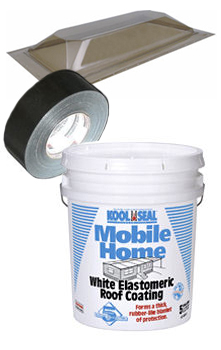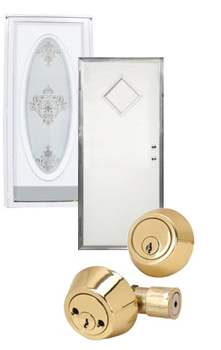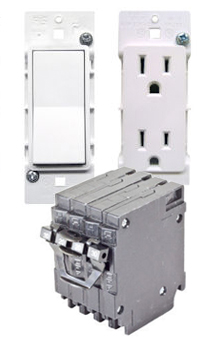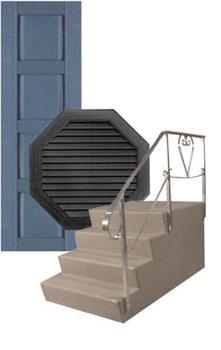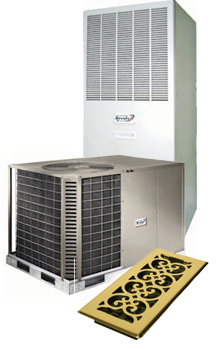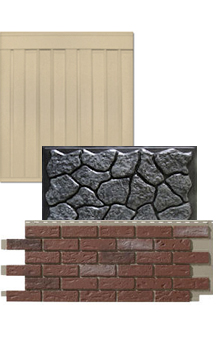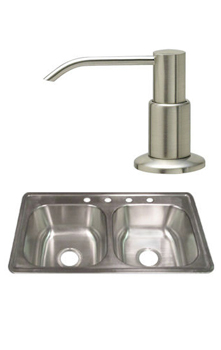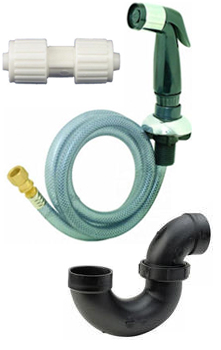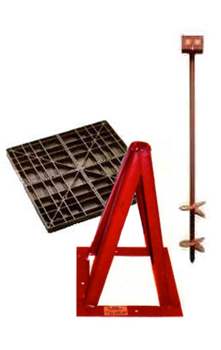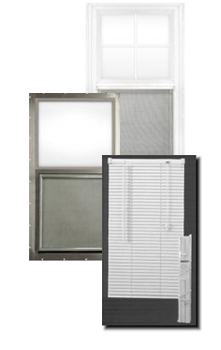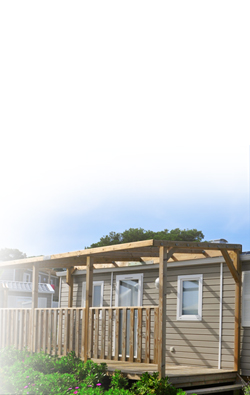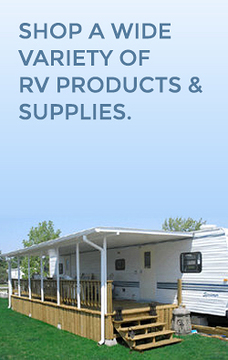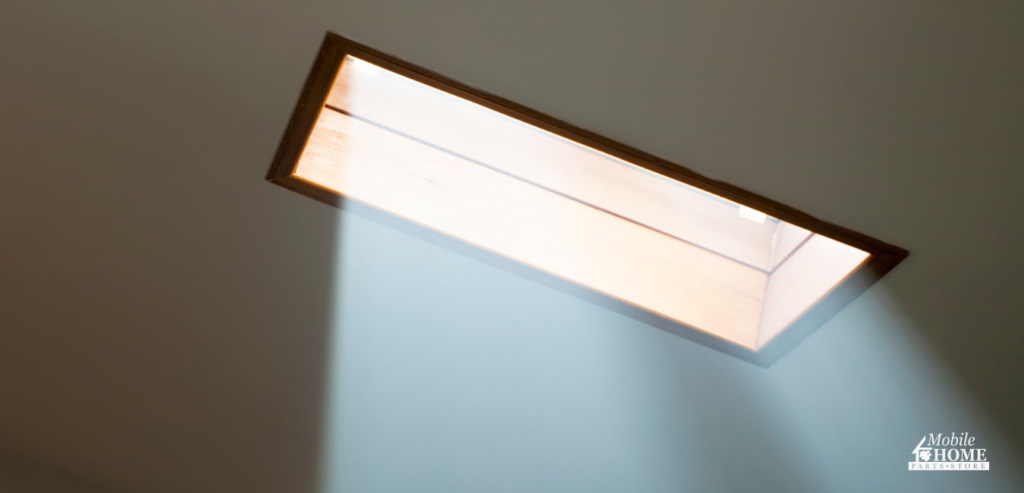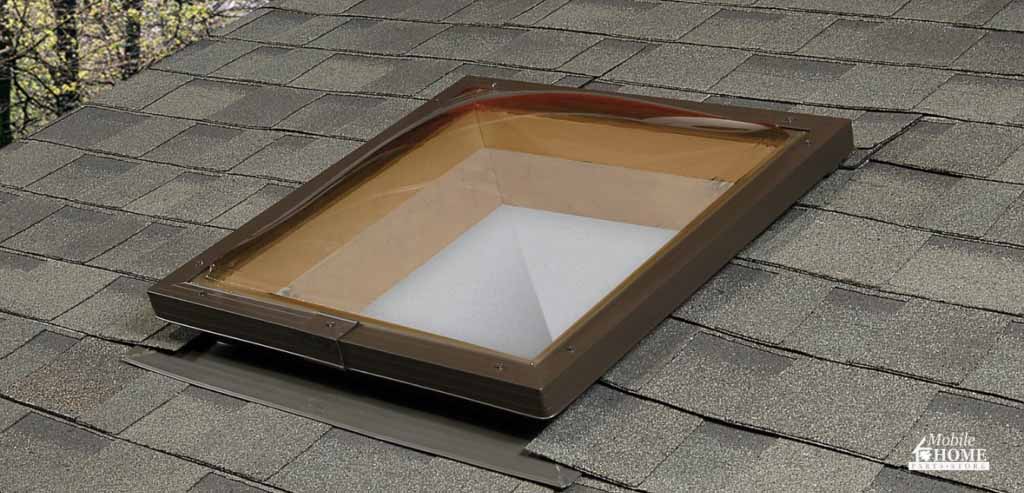
Skylights have long been a beloved home addition, bringing in natural light and enhancing the overall ambiance. But have you ever thought about adding one to your mobile home?
Skylights can make your mobile home feel more spacious and open, completely changing how it looks and feels. However, before you decide to install one in your mobile home, you must learn the ins and outs of these radiant fixtures.
In this article, we’ll take a closer look at mobile home skylights. We’ll cover the different types and share tips on choosing the right kind and where they should be placed. So, should you get a mobile home skylight? Let’s begin the journey of enlightenment.
What is a Mobile Home Skylight?
A mobile home skylight is a specially designed window placed on your home’s roof to allow natural light to filter into your living space. They come in various shapes, sizes, and materials and can be fixed or operable.
Should You Get One?
Before diving into the details, it’s essential to weigh the pros and cons of installing one in your mobile home.
Pros
- Natural Light: Adding natural light to a room without losing privacy is their biggest advantage. This can improve your overall well-being and reduce the need for artificial lighting during the day.
- Visual Appeal: They can be a stunning architectural feature, adding a touch of elegance to your mobile home’s interior. They can also make homes with low ceilings, such as mobile homes, look more spacious and inviting.
- Mood Booster: Natural light has been shown to have a positive impact on mood and overall well-being. It can help reduce stress and boost productivity.
Cons
- Leak Potential: Leaks are the biggest drawback of having a mobile home skylight. If not installed properly or the sealant and flashing between the frame and glass deteriorate, it can be prone to leaks, which can cause water damage to your mobile home.
- Heat Gain and Loss: Loss of heat in the winter and added warmth during the summer are common issues depending on the type.
- Cleaning and Maintenance: Cleaning them is a close second. The only way to clean a skylight is to climb onto the roof, which no one wants to do.
How Are They Categorized?
As with other mobile home upgrades, there are a lot of options to consider. But there are a few main ways we can categorize skylights.
Here’s a breakdown of the key categories:
Skylight Operation
Mobile home skylights are available in two types: fixed and operable.
Fixed Skylights
If you need a continuous source of natural light and do not require ventilation, then fixed skylights are a great option. They are available in various sizes and shapes and do not come with additional mechanisms or blinds. Fixed skylights are usually airtight and have lower chances of leaks than operable skylights.
Operable Skylights
On the other hand, operable skylights have a middle pivoting hinge or a top hinge that allows them to open and close for ventilation. They’re a great option if you want to let in fresh air and reduce the need for mechanical cooling in the summer. They can create a natural cooling effect as the cool air comes in, pushing the warm air out. As a result, they are ideal for spaces where air circulation is essential, such as kitchens or bathrooms.
Skylight Installation Style
There are two major mobile home skylight installation classifications: curb-mounted and deck-mounted
Before installing either type, it’s recommended that the roof have a minimum of 3:12 pitch. Both require flashing and underlayment to create a water-tight seal and prevent leaks.
Curb Mounted
Curb-mounted skylights are set up on a raised platform, lifting them above the roof. Think of them like a shoebox, where the window sits on top of a sturdy 2×4 frame made of wood, metal, or concrete, acting like a lid.
They are available in either fixed or operable. They’re also a popular choice as the window can be easily replaced without needing to replace the whole thing.
Deck Mounted
Deck-mounted skylights are attached directly to the roofing deck, typically using their own frame. The term self-flashing means that the framing has its own built-in measures to divert water away from the roof opening. They offer a sleek, integrated look and are well-suited for roofs with steeper slopes.
They are often cheaper than curb-mounted ones. But, they also run a higher risk of leaking and require careful installation. However, suppose you’re willing to put in the effort to maintain the sealing and flashing. In that case, they make a great choice.
Skylight Shape and Materials
In today’s market for mobile homes, polycarbonate skylights are the most popular choice by far. Polycarbonate is incredibly tough, thanks to a special petrochemical called G.E. Lexan® Resin. It’s so strong that it’s used for airplane windows and car bumpers. In fact, it’s 30 times more resistant to impacts than acrylic and 250 times more resistant than regular glass.
Polycarbonate
Polycarbonate skylights are made up of two panels with an insulating air layer in between. The outside panel is tinted to block 97% of harmful UV light, while the inside is clear for good visibility.
Polycarbonate is available in various shapes, such as flat, round, pyramid, ridge-shaped, bubble, and domed. However, round or bubbled domes are the most popular for mobile homes.
Fox Lite® and Sun-Tek® Polycarbonate Surface Skylights
Discover the radiant world of Fox Lite® and Sun-Tek® Tinted Polycarbonate Surface Skylights at Mobile Home Parts Store. These windows usher in the brilliance of natural light, diminishing the reliance on artificial illumination in any space.
These windows offer a swift and hassle-free installation process, designed with pre-punched flanges for effortless mounting. They can be easily affixed on a metal roof or seamlessly nestled between shingles and roof decking. Comprehensive installation guidelines are included for both setups, ensuring a trouble-free experience. Brighten your home with the radiance of these remarkable windows today.
Glass
Glass skylights are known for their clarity and visual appeal. But, when it comes to mobile home roofs, their weight becomes a significant concern. Glass will need extra support. For example, a 4-by-4-foot polycarbonate skylight weighs less than 65 pounds, whereas the same size of glass will tip the scale at about 120 pounds.
Acrylic
Acrylic skylights are lightweight and shatter-resistant, offering a good compromise between polycarbonate and glass. They were most common in the 1980s due to their ability to withstand damage from hail. However, they also fade or discolor over time, so they aren’t used as much anymore.
This type of window strikes a balance between durability and affordability. They are lightweight and can be a cost-effective option.
Tubular
Tube lights, sometimes called sun pipes or light tunnels, are becoming increasingly popular for mobile homes. They operate by using a unique rooftop dome to capture sunlight, which is then transported inside through a highly reflective, flexible, tube-shaped duct. A diffuser on the ceiling spreads the natural light into the room below.
Plus, there is no need for direct access to the roof. Tubular lights are best installed after a mobile home has been permanently set up at its location. This eliminates possible damage to the shaft of the tube during a home’s transport.
Location for Mobile Home Skylights
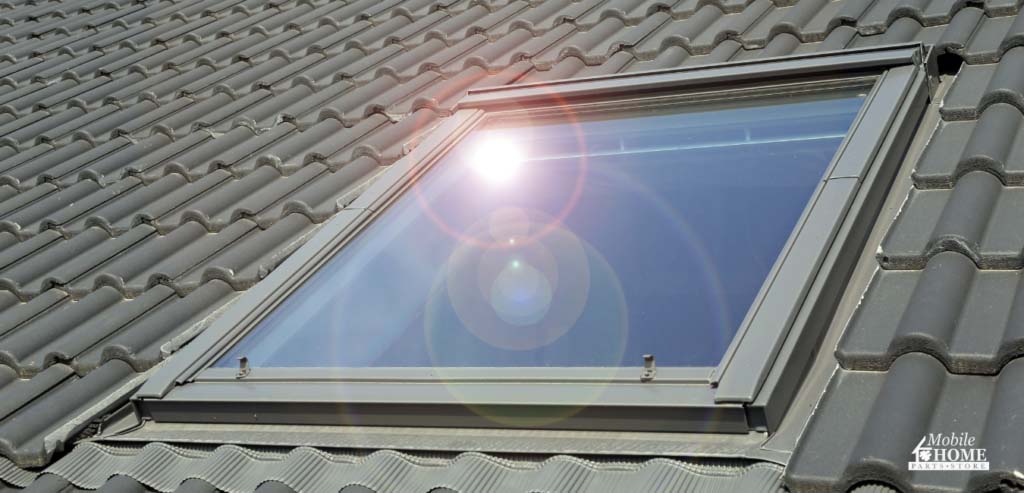
The location of your skylight is a crucial consideration. Depending on your specific needs and the slope of your roof, you can place them strategically to optimize natural light and ventilation. Consulting with a professional is advisable to determine the best placement for your mobile home.
Here are some additional considerations:
- Roof Slope: The slope of your roof will influence the angle at which the window is installed. This angle can affect the amount of natural light that enters your mobile home.
- Direction: Consider the direction your mobile home is facing to make the most of natural light throughout the day. Skylights facing south tend to receive more direct sunlight, which can benefit cold climates but might require shading in hot climates.
- Weather Conditions: Keep in mind the climate in your area. Mobile home skylights should be able to withstand various weather conditions, including rain, snow, and high winds.
- Regulations: Check with local building codes and regulations to ensure compliance when installing them on your mobile home.
Wrapping Up
So, should you embrace the brilliance of a mobile home skylight? The answer is waiting for you, shining through the Fox Lite® and Sun-Tek® Tinted Polycarbonate Surface Skylights at Mobile Home Parts Store, promising swift installation, easy maintenance, and an endless source of radiant illumination. Illuminate your mobile home and your life with these remarkable windows today.
Tags: mobile home parts, Mobile Home Parts Store, mobile home skylights, skylight


